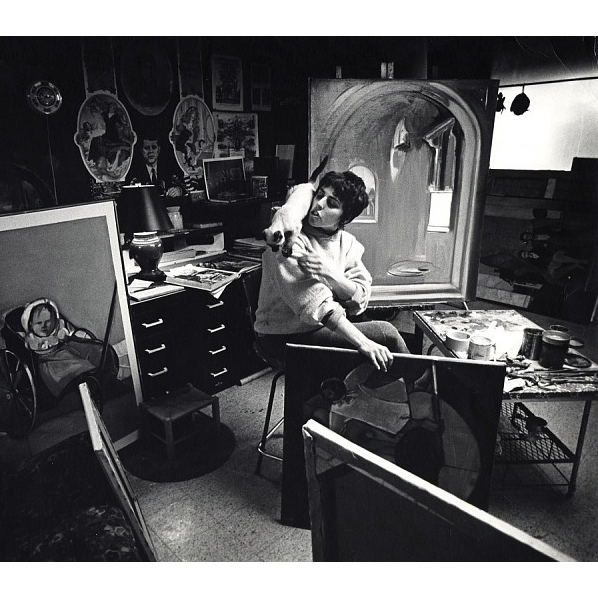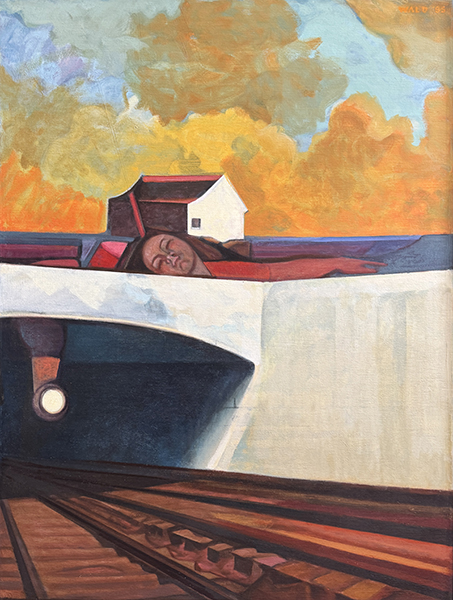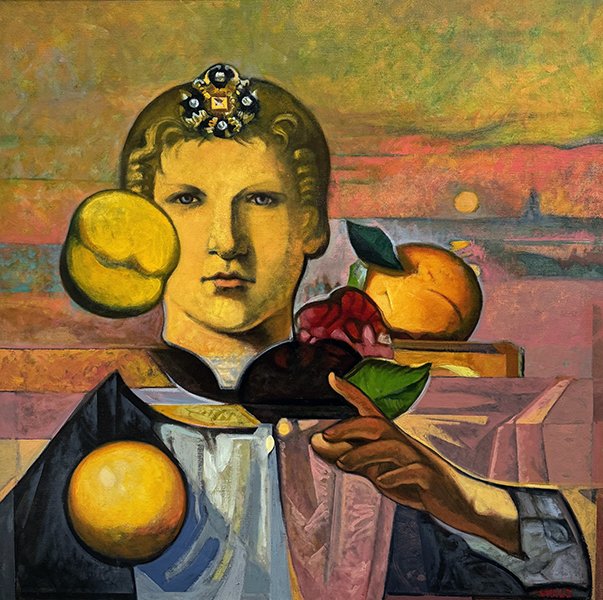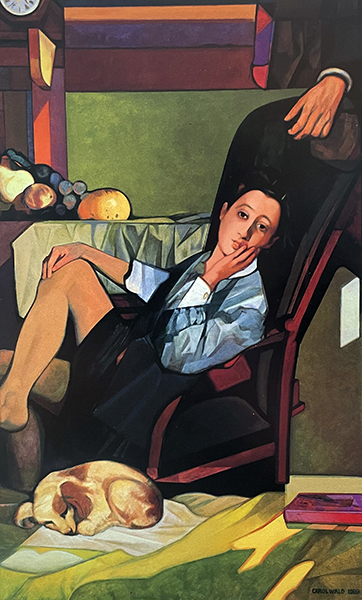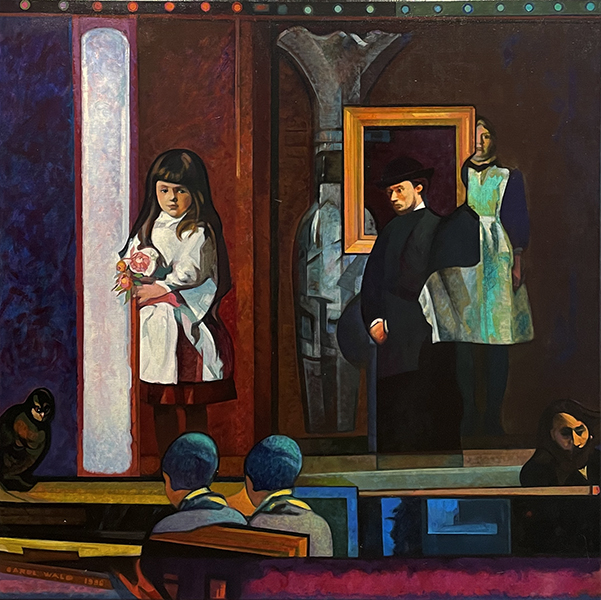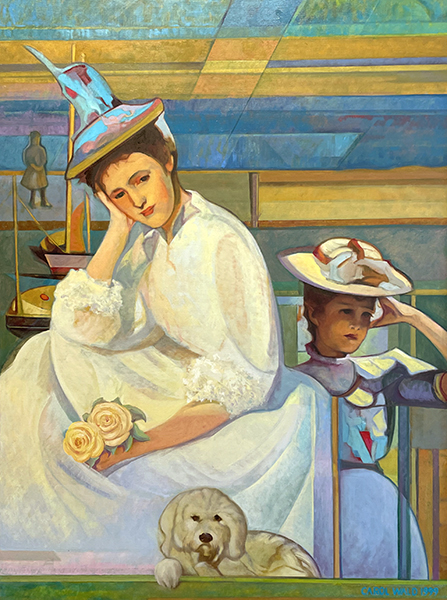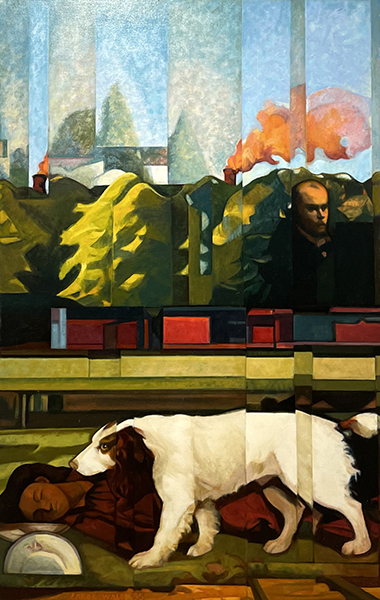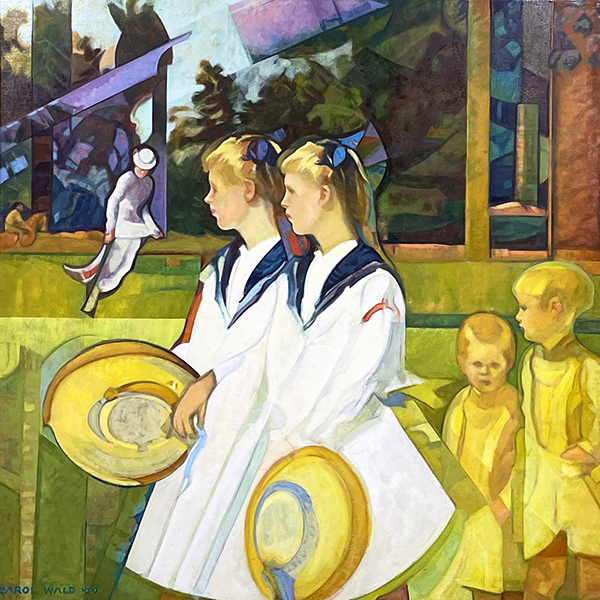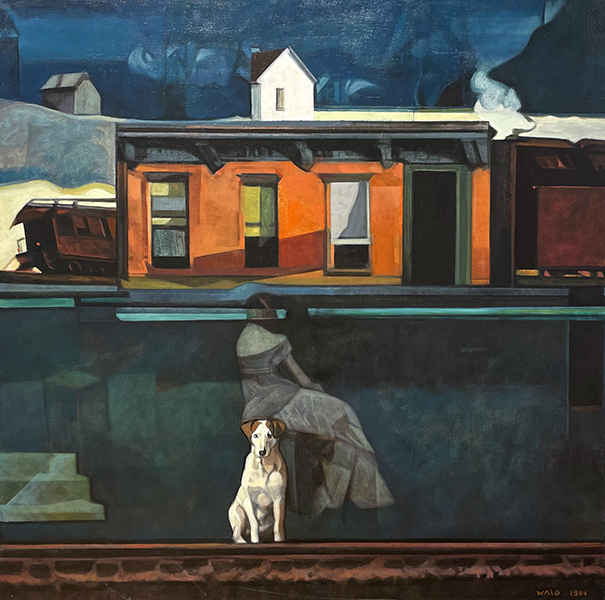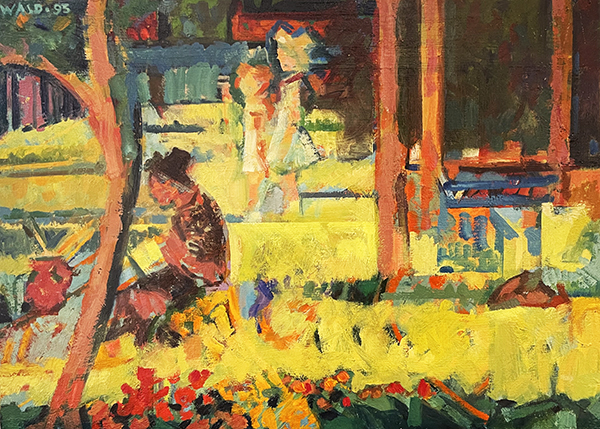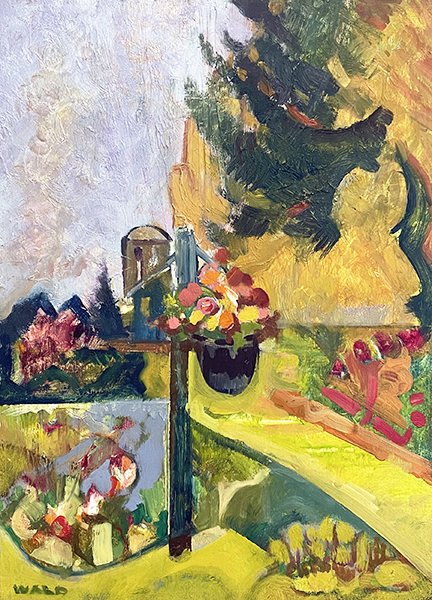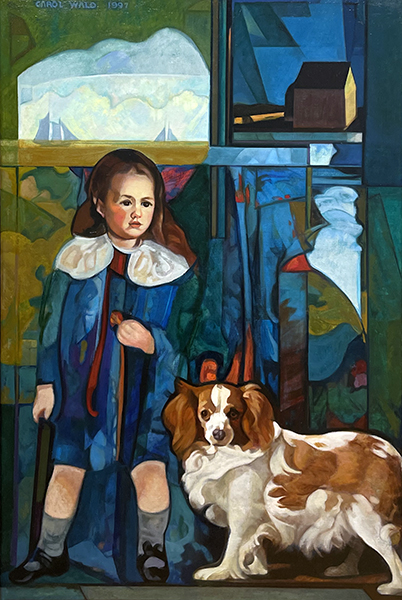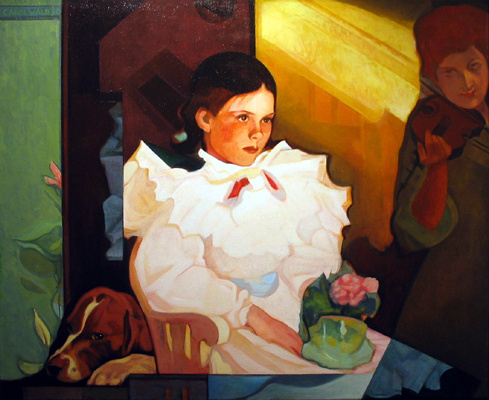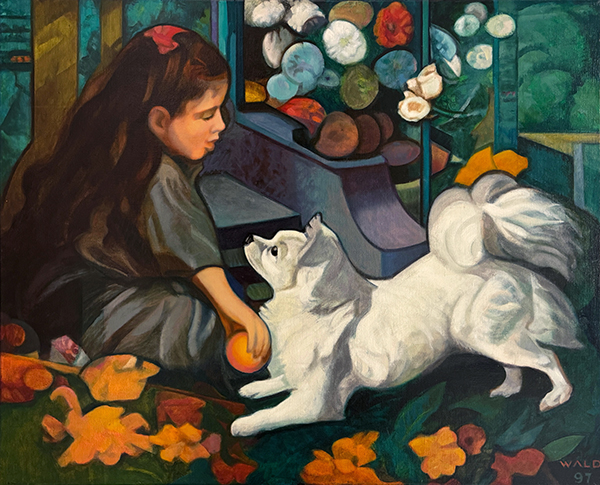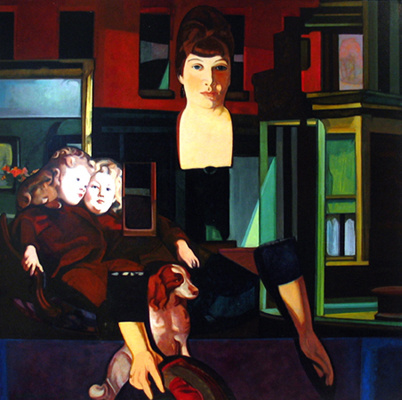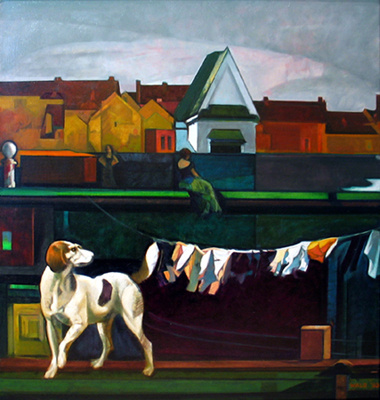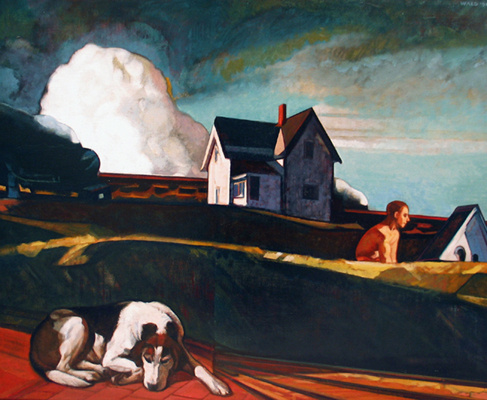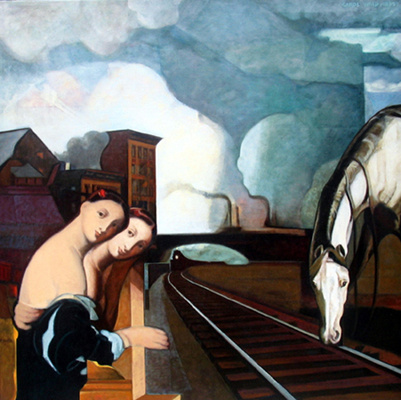Carol Wald
Carol Wald (1935-2000) – Biography
Carol Wald's formative years were spent feeding an unquenchable thirst for art history. Having grown up in Detroit, she developed a love of the picturesque, manifested in paintings that evoked the beauty that lay beyond the grim reality of her northern industrial city. As a young summer boarder in the farms and fields surrounding Michigan and Wisconsin, Wald spent hours tirelessly honing her painter's hand. She would hand out cards introducing herself as “a student wanting to become an artist,” offering to paint neighbors and pets for five dollars a piece. At a local art store she completed quick studies for tips while her periodic art-show winnings enabled her to paint for months.
At age sixteen, while still a student at Detroit's Cass Technical High School, her talent was recognized by mayor Albert Cobo, and in 1954 she was awarded a four-year scholarship at the Art School of the Society of Arts and Crafts in Detroit. In 1960, the Detroit Institute of Arts purchased one of her paintings, "Children On Stilts". In 1963, she studied under Ben Shahn at the Skowhegan School of Painting and Sculpture, Skowhegan, Maine, and in 1967 she studied at the Cranbrook Educational Community in Bloomfield Hills, Michigan. In 1964 she was given a ten-year retrospective exhibition at the Flint Institute of Arts in Flint, Michigan.
By 1970 the National Gallery of Art and the Minnesota Museum of American Art had each purchased paintings by Carol Wald for their permanent collections. She left Detroit for New York City in 1971, where she emerged as one of the nation's top illustrators. In 1975 she was awarded a gold medal for editorial illustration from the Society of Illustrators in New York. In 1976, she was commissioned by the Ford administration to paint America's official Bicentennial painting, which is on display at Grand Valley State University in Grand Rapids. She prepared the covers and chapter opening artwork for Ben Shneiderman's books: Software Psychology (1980) and Designing the User Interface (1986).
Throughout the 1980s, Wald garnered a string of major solo exhibitions at the Kennedy Galleries in New York City. In 1990 she moved to Canada and set up a small studio in Burlington, Ontario where she undertook her most evocative series of psychoanalytical works until her untimely death at the age of sixty-five.
Artist Photo: Barry Edmonds. Photograph of Carol Wald with a cat in her studio, circa 1968. Carol Wald papers, 1954-1970. Archives of American Art, Smithsonian Institution.
Selected Collections:
The National Museum of American Art, Smithsonian Institution, Washington, DC
The Detroit Institute of Arts, Detroit, Michigan
Dennos Museum Center at Northwestern Michigan College, Traverse City, MI
The Minneapolis Museum of Art, St. Paul, MN
Utah Museum of Fine Arts at Utah University, Salt Lake City, UT
The Museum of American Illustration, New York, NY
Newport Performing Arts Center, Newport, OR
Grand Valley State University, Kennedy Hall of Engineering, Grand Rapids, MI
Artist Specialization: Through her visual and psychological references to an older, more spiritually complex world, Carol Wald presents a sequence of images that form a cumulative perception of reality – each painting “one frame of a motion picture transporting us on a journey through time.”
